Biochar: producing bioenergy from waste
# Top light, updraft (TLUD) pyrolysis kiln or oven
Construct a TLUD pyrolysis kiln or oven to make biochar.
Files
Teacher background
For centuries, farmers have been utilizing methods to try and minimize water loss and reduce the cost and loss of fertilizer due to runoff. Farmers know how important it is to keep costs low and production yields high. Two large costs that can result in profit/losses are fertilizers and water, if improperly managed. Biochar, or pyrolized plant material, represents an ancient, but effective, soil amendment that is capable of reducing both water and fertilizer loss. Additionally, biochar represents an underutilized carbon sink for the mitigation of carbon dioxide induced climate change.
Biochar’s value as a soil amendment has historical precedence and is continually being verified through community groups, organic farming collectives, and the scientific research community. Biochar, or activated charcoal, has a unique, microscopically porous structure that allows each granule to hold water and fertilizer until biological needs for each arise. By adding a percentage of biochar to existing soils farmers are able to increase their retention of both fertilizer and water and thereby increase yields and profits. Biochar has the additional feature of never degrading and therefore remaining as part of the soil structure in perpetuity. This means that a farmer does not need to add more to his field once the desired percentage of soil has been met. Additionally, since the carbon in the biochar can be considered a carbon sink, it represents an offset for carbon in the atmosphere.
Biochar is the product of pyrolisizing any biological fiber. Pyrolysis is the process of “burning” a substance in the absence of oxygen, which results in the material being turned into pure carbon instead of ash, as in an oxygenated fire. Therefore, the biomass (the carbohydrates, the lignin, and the hemicelluloses) is thermally degraded. Most commonly students will recognize this as the way charcoal is produced. Biochar can be produced on very small scales (as small as an 8 oz. soup can) up to large industrial sized production facilities (think Kingsford Charcoal). The key to understanding biochar is to independently analyze its production and its value as a soil amendment.
In these classroom examples, combustible gases and oils can be separated from the biochar by creating a top light, updraft (TLUD) pyrolysis kiln or oven. This oven does a great job of drawing a huge amount of air through the main gasification chamber and therefore isolating the combustible wood gas from feedstock being gasified. Therefore there is no direct combustion of the feedstock and biochar remains.
The GNG e-learning course Making bioenergy from biomass is a good resource to accompany this lesson.
Next gen science standards
Science and engineering practices
- Developing and using models
- Constructing explanations (for science) and designing solutions (for engineering)
Crosscutting concepts
- Cause and effect
- Scale, proportion, and quantity
- Systems and system models
- Energy and matter
Disciplinary core ideas/content
- ESS3A Natural resources
- ESS3C Human impacts on Earth systems
- ESS3D Global climate change
- LS1C Organization for matter and energy flow in organisms
- LS2A Interdependent relationships in ecosystems
- LS2B Cycles of matter and energy transfer in ecosystems
- LS4D Biodiversity and humans
- ETS1B Developing possible solutions
- ETS2A Interdependence of science, engineering and technology
- ETS2B Influence of engineering, technology and science on society and the natural world
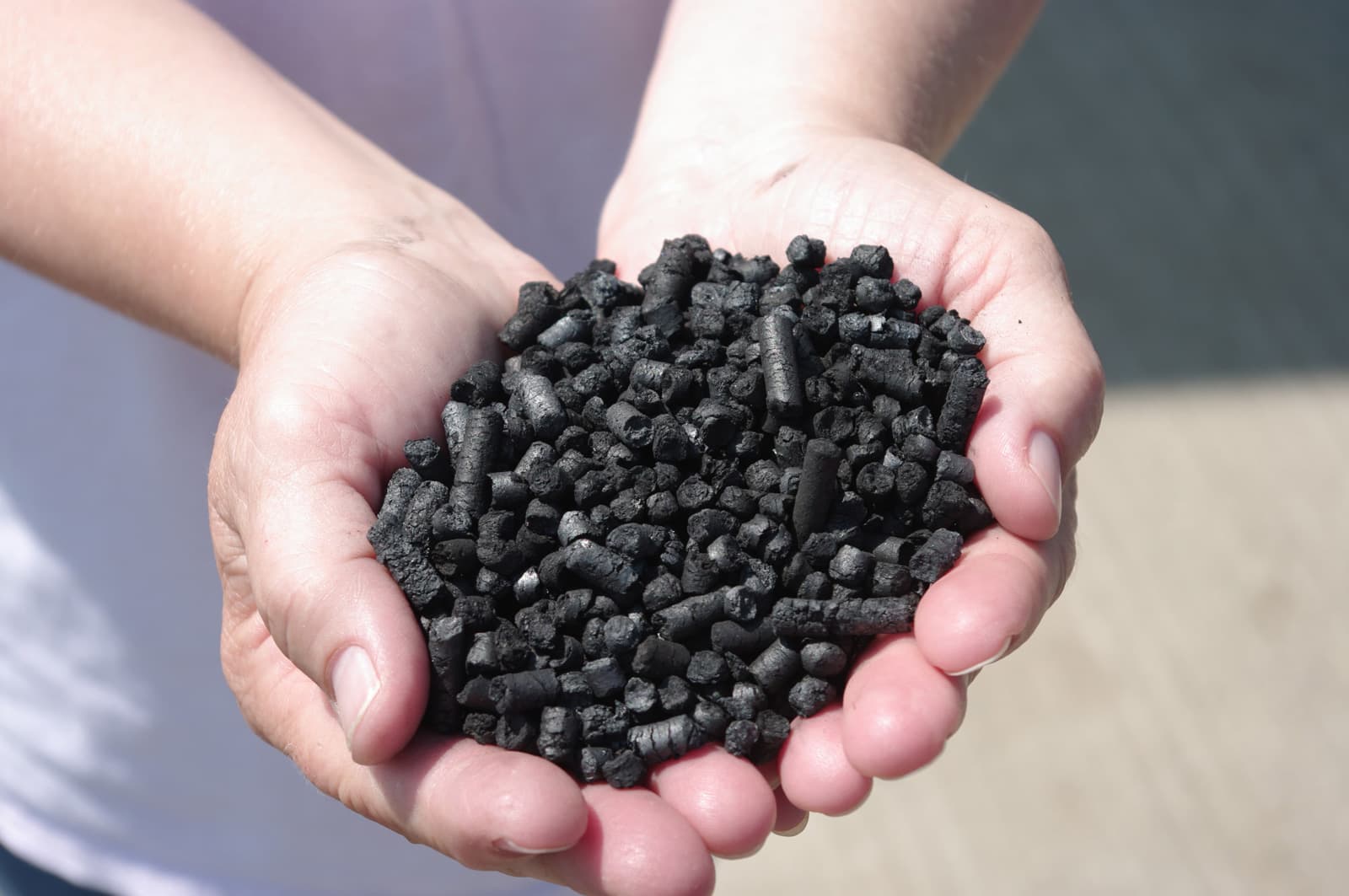
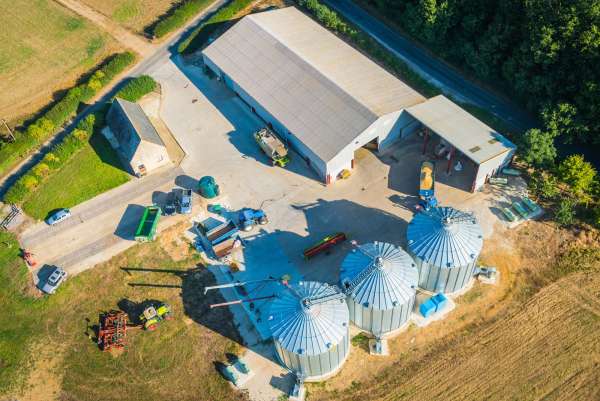
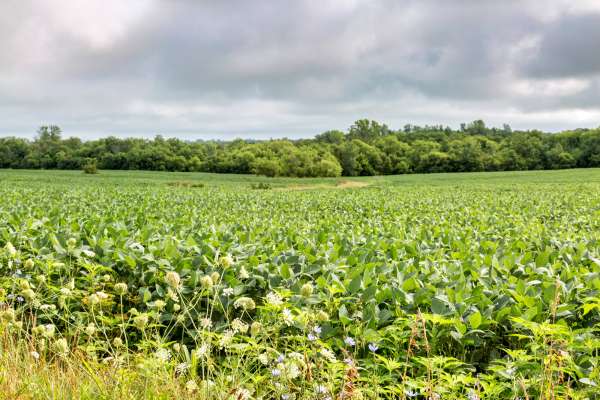
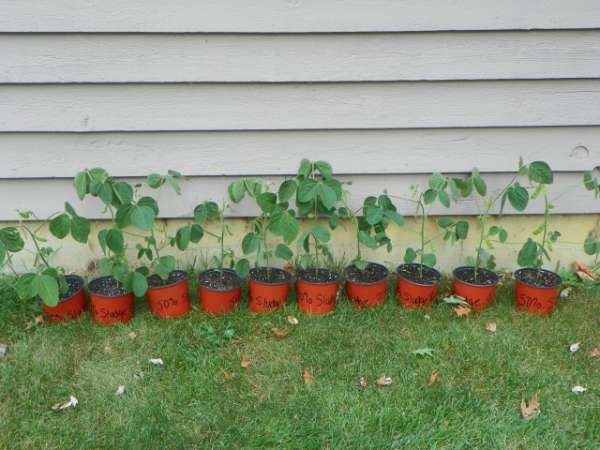
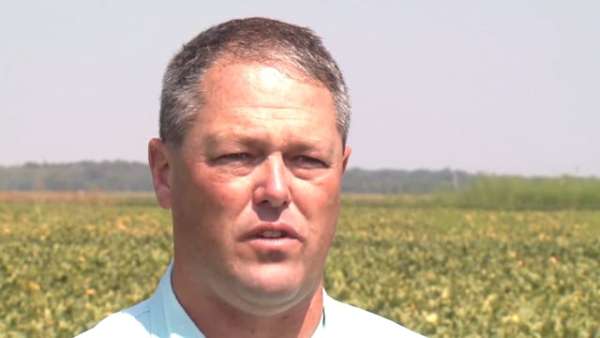
Share this